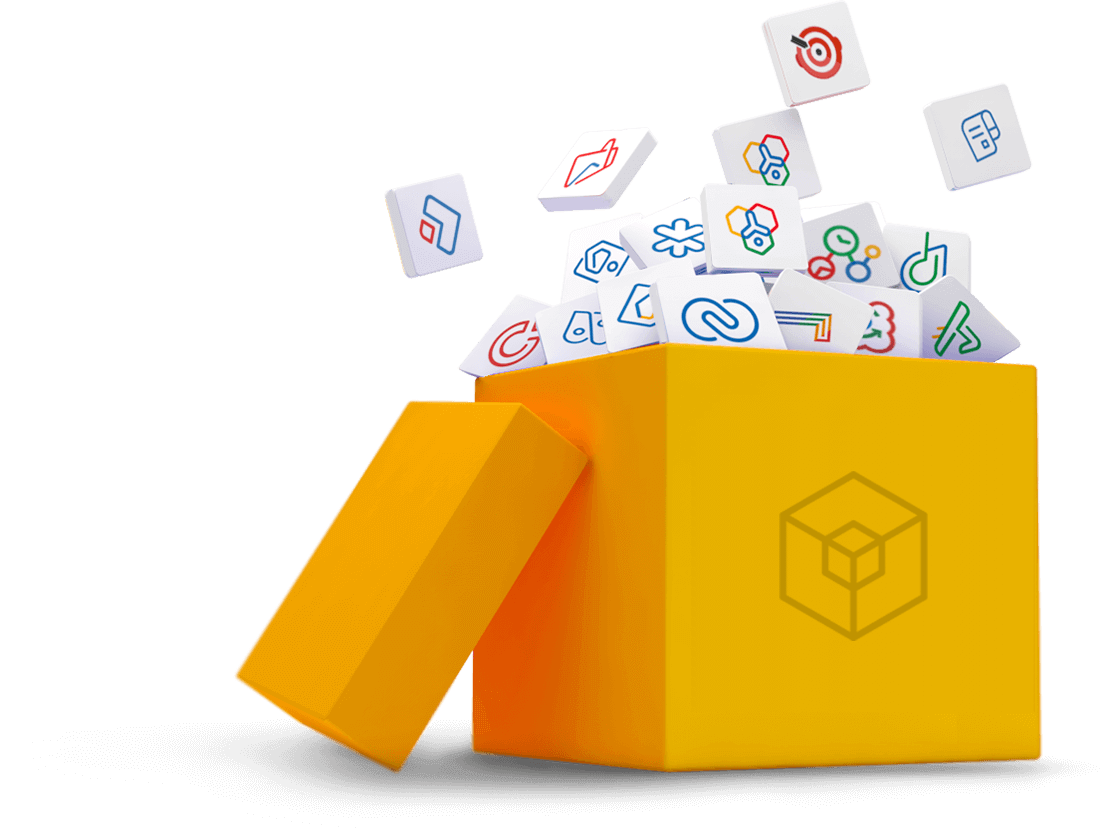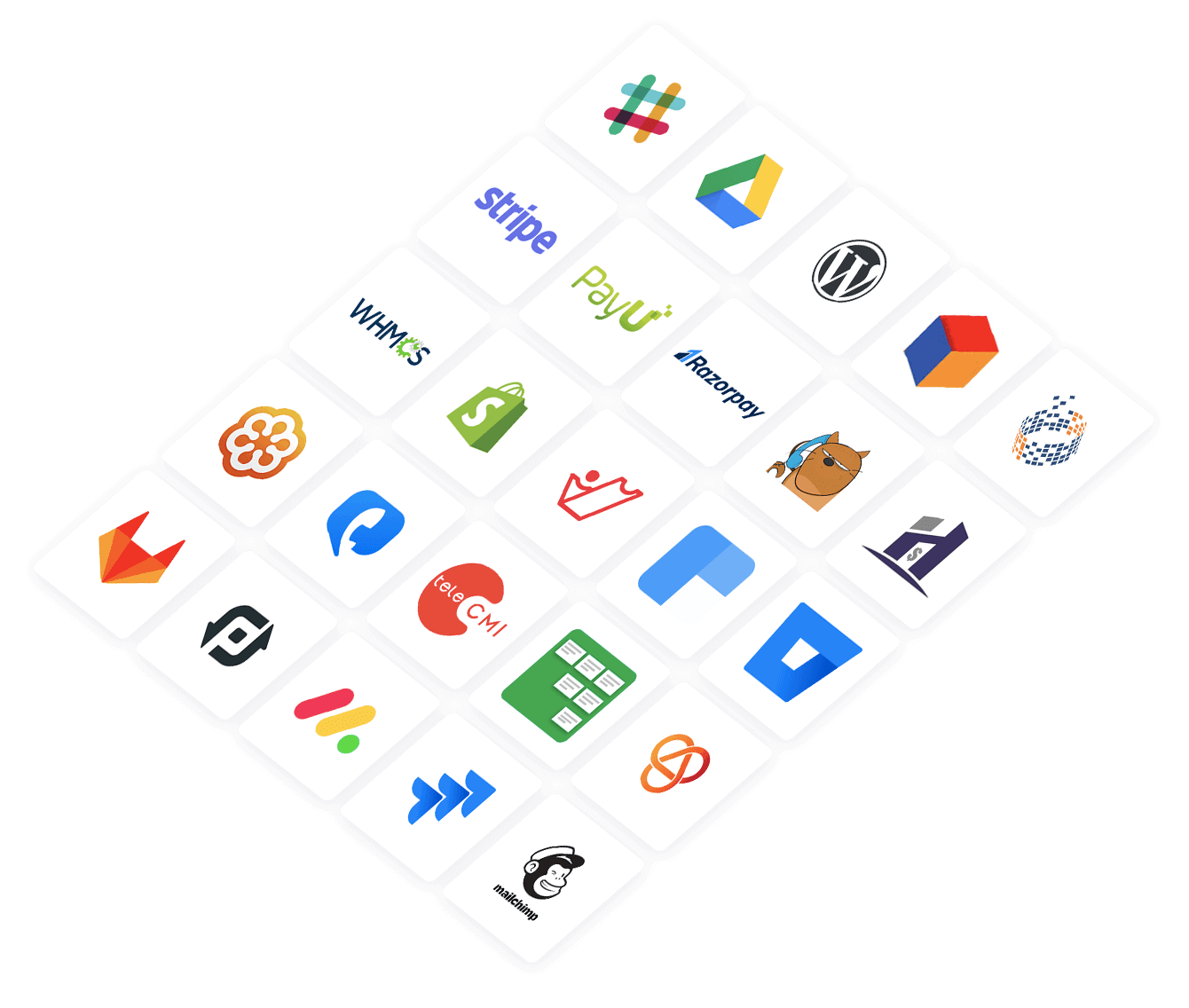- HOME
- Decoding the hype behind hybrid project management
Decoding the hype behind hybrid project management
- Last Updated : March 21, 2025
- 177 Views
- 8 Min Read

Pickleball, a unique blend of tennis, table tennis, and badminton, has grown immensely popular due to its accessibility and exciting gameplay. In guitar technique, hybrid picking combines the traditional expressiveness of fingerpicking with the more modern and precise use of a guitar pick.
In both these examples, we see that creating something new by combining elements from seemingly different approaches creates a system that is more adaptable, efficient, and inclusive. It's interesting to note that this push for a hybrid model nowadays is almost universal and transcends domains. This trend is rampant in the professional domain as well. We see it in hybrid work, for instance, which has completely revolutionized our mindset when it comes to work culture. In a world of uncertainty and complexity, the hybrid model acts as an ideal solution.
Similarly, hybrid project management is emerging as the next big thing when it comes to tackling the complicated intricacies of modern project requirements. Blending the controlled structure of the waterfall model with the adaptability of agile acts enables teams to navigate uncertainty while staying on track with long-term objectives. A survey conducted by project management expert Antonio Nieto Rodriguez concluded that 89% of participating professionals were already adopting the hybrid approach, and 48% reported a drastic improvement in their success rates.
Now that we have a gist of what hybrid project management brings to the table, let's take a deeper dive into understanding why it is so effective, with detailed perspectives from both the agile and the waterfall approach.
The conundrum of modern day projects
Before diving into what hybrid project management solves, we need to assess why we have a need for hybridization in the first place. We have come a long way from the '80s where the waterfall method dominated, or the early 2000s where everyone hailed agile. Projects these days are far from being as straightforward as they used to be.
1. Increased reliance on technology
Modern projects require the integration of increasingly complex technology stacks into their systems. Components such as AI, cloud computing, IoT, and cybersecurity are standard across all industries and constitute the building blocks of digitization. The challenge lies in integrating these technologies with a mix of products and processes to create a single cohesive system.
2. Rapidly evolving markets
With innovation advancing at breakneck speeds and economic conditions in constant flux, organizations must be on their toes to stay competitive. It's imperative to quickly pivot to changing target requirements while keeping projects on track. If they aren't effective enough at responding to dynamic customer demands and market disruptions, they are destined to meet an untimely demise even before they realize.
3. Diverse stakeholder requirements
Work culture trends like non-linear hierarchies, decentralized decision-making, and collaborative leadership have their effect on stakeholders and their preferences. Projects have to be on schedule, within budget, and of high quality consistently across different foundations.
4. The global workforce
With the blurring of geographic boundaries, a whole new set of challenges have arrived in the form of time zones, cultural differences, and miscommunication. This mandates the usage of comprehensive collaboration tools and flexible approaches to ensure that teams stay aligned.
A quick recap of the waterfall method
We all know the waterfall method as the original and pioneering approach to project management that follows a linear, phased structure. Waterfall works best for projects such as manufacturing or construction, where the end goal is well-defined from the start or regulated industries like finance, defense, and healthcare, where compliance and thorough documentation are essential. However, the waterfall method's linear approach does prove to be limiting in certain areas.
Why waterfall doesn't fit well with fast-paced industries?
- Waterfall offers no room for change, which is a problem In industries where customer requirements and market trends fluctuate drastically.
- The time to market is longer as tangible output is only delivered at the end of the project. This doesn't work in contemporary product-oriented sectors.
- There is no possibility of iterating on product features, which implies a prevalent risk of misalignment and expensive reworks.
The Agile revolution
To address the shortcomings of the waterfall method, agile came about with its more cyclic and flexible approach, tailored for the progressive, younger crowd. Agile shines in software development, and in general for sectors who have to constantly modify their approach based on some variables. This can cover startups who have to frequently refine their product-market fit all the way to marketing teams who have to retouch campaigns based on real-time response.
Why Agile could benefit with some structure?
- Agile is prone to scope creep as projects don't have clearly defined goals and timelines, which leads to untamed expansion.
- Agile teams often suffer from lack of clear accountability as they are self-organizing by nature, making the situation foggy in terms of the responsibility behind tasks.
- Projects can encounter missed deadlines or even indefinite extensions due to the absence of established milestones.
Enter hybrid project management
Hybrid project management isn't just about simply combining two methodologies and executing projects. Its ethos lies in strategically blending the respective strengths of each methodology when required.
Flexibility in approach
By allowing teams to apply structured waterfall planning with the adaptability of agile, it becomes even easier to adjust to changing requirements, technological innovations, market shifts, and feedback from stakeholders. And this can be done while adhering to the overall project direction without any deviations.
Better risk management
Combining waterfall's proactive risk assessment and agile's responsiveness lets teams proactively manage risks while also staying attentive to any new issues that arise during the process. This creates a perfect balance between caution and innovation.
Enhanced stakeholder satisfaction
Hybrid project management keeps all types of stakeholders happy by effectively accommodating their distinct preferences. Waterfall's planned structure addresses the requirements of the traditional, process-centric, and long-term vision oriented. The agile component's flexibility appeals to those who are outcome-centric, responsive, and short-term focused.
Stronger workforce collaboration
Globally distributed teams can form quite the challenge on their own. The waterfall method divides projects into clear phases and achievable goals, ensuring that team members stay accountable and are always informed about their progress. The addition of agile's communicative elements, such as daily stand-ups and feedback loops, makes them stay continuously engaged and collaborate effectively, irrespective of their geographical location.
Hybrid project success stories
Agile with Discipline at IBM
In the mid-2000s, IBM introduced Agile with Discipline to address the challenges of scaling agile. The approach combined the flexibility of agile with the structure and rigor needed for large-scale, regulated projects in enterprise settings. Although these projects were ideal candidates for agile, the method required modifications to suit their size and scope. Agile with discipline was characterized by the following qualities:
- Organization-wide direction: IBM implemented this program across the organization, all the way from product engineering to support and services. A large-scale adoption of this level resulted in uniformly scaled agile practices across global teams for top-notch consistency. This resulted in a faster time-to-market and responsiveness to customer demands.
- Flexibility and control: The core advantage of the hybrid model propelled IBM's iteration cycles to faster delivery speeds while maintaining stringent documentation and quality assurance standards. The latter became crucial due to the company's increasing specialization in ERP and data analytics.
- Cross-functional collaboration: Agile with Discipline fostered even better communication than their standalone agile framework. It broke down silos and allowed effortless collaboration across global teams as well, which was a challenge due to rapid expansion.
- Risk management and compliance: IBM embarked upon a cloud-first strategy starting in 2013, and the Agile with Discipline framework was instrumental in this massive move. Factors such as technical debt and system incompatibilities were eliminated through iterative development cycles. The traditional methods were also in place for regulatory compliance and security concerns during the migration process.
The Spotify model
One of the most popularly studied organizational frameworks in the project management world is the Spotify model. It was originally introduced in 2011 and had a similar goal to scaled agile frameworks. However, it did so with a unique approach to defining team structure and boosting autonomy.
- Tribes, Squads, Chapters, and Guilds: At the core of the Spotify model are four distinct components defining their team structure. Squads are the fundamental scrum teams. Tribes are larger groups of squads. Chapters (competency groups within Squads) and Guilds (focused on specific skill sets) bring in cross-functional expertise. They also ensure that skill sets are shared across the organization while encouraging autonomy.
- Aligned autonomy: Spotify's structural setup grants Squads the highest level of autonomy so that they can iterate and pivot quickly whenever they have to. Tribes have to ensure that their constituent squads are aligned with the larger goals of the organization to prevent misalignment. Chapters and Guilds are responsible for facilitating any form of cross-functional communication, creating the perfect balance between freedom and organizational control.
- Scalability through collaboration: Cross-functional collaboration is integrated into the system through the presence of Chapters and Guilds. As the organization grew, so did the components. Elements like "Chapter Leads" were added to further streamline knowledge sharing and nurturing within units. This arrangement allowed Spotify to retain the agile approach despite rapid expansion.
- Groundbreaking-results: Since the implementation of this hybrid approach, Spotify's user base has grown significantly every year. The YoY growth rate varies from 6.4% to as high as 36% in 2018. Spotify operates in over 180 countries as of 2023 with 100+ localized platform versions. Their employee count has also grown nearly five-fold from 2016 to around 11,000.
The smartest route to hybrid project success
Hybrid project management is no walk in the park. Misalignment, resistance to change, and miscalculated decisions are just scratching the surface in terms of what could go wrong. Keeping this in mind, we have built a powerful, all-inclusive project management suite capable of taking on every multifaceted challenge you might encounter.
Zoho Projects Plus is a comprehensive solution that gives you the combined capabilities of traditional project management (Zoho Projects), Agile project management (Zoho Sprints), comprehensive data analytics (Zoho Analytics), and robust data management (Zoho WorkDrive). The cherry on top is that all these functions are contextually supported by our in-house AI assistant, Zia. Zoho Projects Plus will help you deliver exceptional hybrid projects by:
- Reducing complexity: Zoho Sprints and Zoho Projects seamlessly flow with each other when it comes to mixing agile and waterfall. Instantly sync work items across platforms and track them across stages, even if they are running across two different projects simultaneously!
- Providing data-driven insights: Leverage real-time data and automated reporting for impactful decision making. Zoho Analytics has your back when you need to navigate uncertainty and changing markets.
- Enhancing collaboration: Projects Plus provides a unified platform that allows teams to collaborate effectively, track progress, and meet deadlines. Get real-time notifications, audit project logs, and interact through comments or attachments. Zoho WorkDrive allows seamless content management by organizing documents, ensuring everyone works with the latest versions.
- Augmenting with AI: Our AI-powerhouse, Zia, is capable of a wide range of functions. It can achieve simple feats like report summaries all the way to predictive risk analysis with mitigation solutions. Zia's generative AI is conversational in nature, so a simple, straightforward chat command is all it takes.
Change may be inevitable, but growth is assured.
 Sriram Sridharan
Sriram SridharanAvid motorcyclist, metalhead and occasional content marketer.


